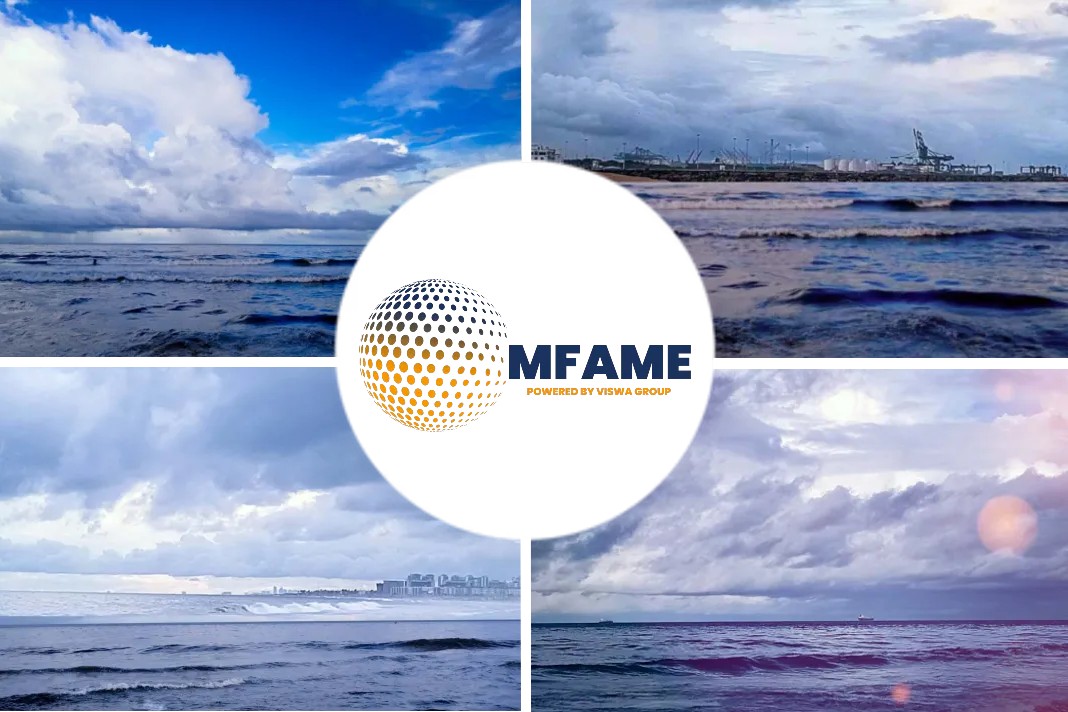The shipping industry appears much less likely to install scrubbers to comply with new marine fuel rules than analysts once anticipated, could keep coking margins higher, reports Argus Media.
Seaborne petroleum coke production
Surplus HSFO could ultimately lead to more cokers being built in the coming years, producing as much as 30pc more seaborne petroleum coke in the long term, said Ben Ziesmer, carbon group manager for consulting firm Advisian at the Cemprospects 2019 conference in Krakow, Poland, this month.
“The refining industry was assuming a very high adoption of scrubbing by the shipping industry,” Ziesmer said. “My opinion is a lot of refiners will find their strategy was not solid and there will be a move to start building more cokers.”
Industry sceptical on large investment
Many in the industry are sceptical that there will be that much investment in units that cost hundreds of millions of dollars and take several years to complete.
But it does not appear that a large-scale move to install scrubbers in order to comply with new International Maritime Organization (IMO) regulations will materialise.
Scrubber installation percentage
- Less than 20pc of the global shipping fleet is likely to install scrubbers by next year, Gibson Shipbrokers dry cargo analyst Joy Scurr said at the conference.
- Only around 5pc of supramax and handymax dry bulk carriers that typically carry petroleum coke will end up installing scrubbers, Scurr said.
Most analysts had expected that shipowners would eventually turn to scrubbers once the rules cause less than 0.5pc sulphur compliant fuels to be very expensive while traditional 3.5pc sulphur fuel oil will be available cheaply. But a number of other factors have put this outlook into question.
HSFO availability
Rather than a glut of HSFO available at very low prices, the fuel has already become scarce at times, and there could even be a shortage next year.
Because of the relatively low number of scrubber-fitted vessels, there is less incentive for ports to stock this fuel.
Scrubber challenges
Short-term obstacle
There is also a short-term obstacle to installing scrubbers in that it means taking a vessel out of service at a time when freight rates are relatively strong.
Shipyards have become increasingly congested with demand for scrubber installations, which has led to a 33pc increase in the length of time ships need to remain out of service to complete the work, according to shipping firm Clarksons.
Scrubber financing
Another more serious obstacle to scrubber installation is the difficulty of securing financing, particularly for the more common open-loop type, Scurr said.
Shipowners have already found procuring loans from large banks increasingly difficult because of stringent loan requirements.
Open-loop scrubber ban
Open-loop scrubbers discharge their effluent directly into the ocean, a design that has already lead a number of important destinations, including China, Singapore, Fujairah and the Panama Canal, to block their use.
“I do think there will be an environment two or three years down the line when discharging scrubber effluent in nearby coastal waters will be regarded as an environmental crime,” Scurr said.
Damage during retrofit
Another serious risk shipowners must consider is potential damage to their vessels. Norwegian marine insurer Gard recently said that vessels have had fires during scrubber retrofitting or have had accelerated corrosion within 10 to 15 months of scrubbers being installed.
Fuel oil spread speculation
Because of the lower likelihood of the vessel fleet moving en masse to scrubbers, analysts like Ziesmer and Scurr are sceptical of the idea that the spread between 0.5-3.5pc sulphur fuel oil will sharply narrow as many refiners have feared.
“Gibson thinks it is highly unlikely that the 0.5-3.5pc fuel oil spread will move to $50,” Scurr said. “We expect it will remain more like $100-$250.”
Differing coke supply outlooks
Ziesmer estimates that seaborne coke volumes could increase by 10pc in the near term because of the increase in high-sulphur vacuum tower bottoms moving to existing cokers.
But the 150mn t/yr of vacuum tower bottoms he estimates will be displaced could theoretically produce 45mn t/yr of coke, or about 80pc of the current seaborne market.
He acknowledges such a huge increase is probably not likely, but “when coking economics blow out, and I believe they will become very very favourable, some people are going to decide to build cokers,” he said.
Short supply of heavier crude
But many refiners are not convinced that coke supply will increase so dramatically. The world’s crude slate has been getting lighter overall, some note, meaning there are fewer bottoms to be processed. Heavier crudes are in shorter supply for political reasons, including US sanctions on Venezuelan and Iranian crude.
And changing logistics are making it easier for US Gulf refiners to access light US domestic crudes, including the startup of Phillips 66’s Gray Oak pipeline moving shale crude from the Permian basin in west Texas to the US Gulf coast.
With more light crudes available, refiners may be able to simply produce less HSFO rather than building new units to process it.
Did you subscribe to our daily newsletter?
It’s Free! Click here to Subscribe!
Source: Argus Media
















